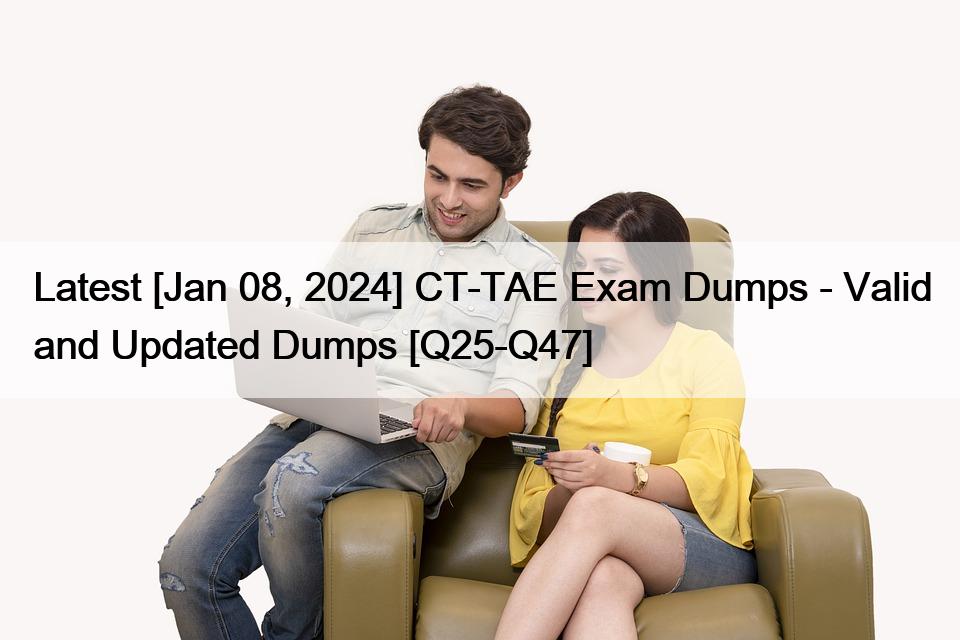|
Free valid test braindumps https://free.validbraindumps.com/2024/01/08/latest-jan-08-2024-ct-tae-exam-dumps-valid-and-updated-dumps-q25-q47/ Export date: Sat Apr 5 10:44:49 2025 / +0000 GMT |
Latest [Jan 08, 2024] CT-TAE Exam Dumps - Valid and Updated Dumps [Q25-Q47] Latest [Jan 08, 2024] CT-TAE Exam Dumps - Valid and Updated Dumps Free Sales Ending Soon - 100% Valid CT-TAE Exam Dumps with 82 Questions ISTQB CT-TAE (Certified Tester Test Automation Engineer) Exam is a globally recognized certification for software testers who specialize in test automation. Certified Tester Test Automation Engineer certification is designed to validate the knowledge and skills of professionals who work in test automation, including test automation engineers, software developers, and quality assurance (QA) professionals. Certified Tester Test Automation Engineer certification covers a wide range of topics related to test automation, including test automation design and development, test automation architecture, and test automation management. ISTQB CT-TAE (Certified Tester Test Automation Engineer) certification exam is a professional qualification that is designed to equip software testers with skills and knowledge in test automation. Certified Tester Test Automation Engineer certification is ideal for individuals who are interested in pursuing a career in software testing, particularly in test automation. Certified Tester Test Automation Engineer certification is globally recognized, and it is a valuable addition to the resume of any software tester.
CT-TAE Exam Dumps - 100% Marks In CT-TAE Exam: https://www.validbraindumps.com/CT-TAE-exam-prep.html 1 |
Links:
|
|
Post date: 2024-01-08 12:19:50 Post date GMT: 2024-01-08 12:19:50 Post modified date: 2024-01-08 12:19:50 Post modified date GMT: 2024-01-08 12:19:50 |
|
Export date: Sat Apr 5 10:44:49 2025 / +0000 GMT This page was exported from Free valid test braindumps [ http://free.validbraindumps.com ] |